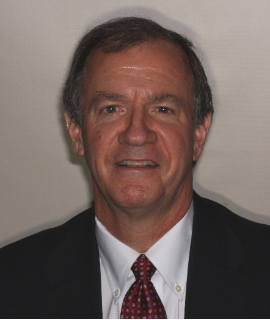Title: How to diagnose and treat the fulcrum effect
Abstract:
For years, orthodontists have utilized two-dimensional radiographs to treatment plan their orthodontic treatment. Fortunately, the advent of cone-beam computed tomography (CBCT) allows an orthodontist to take a “functional” radiograph, so the condylar position can be evaluated, and an accurate orthodontic diagnosis can be achieved. Okeson and Dawson defined both centric relation and a seated condylar position to help clinicians in their attempts to treat patients with TMD. Ikeda and Kawamura used MRI and LCBT to establish the optimal spatial relationships between the condyle and fossa in healthy joints. Their studies concluded that in healthy joints, the joint spaces (anterior space [AS], superior space [SS], and posterior space [PS]) showed consistent mean values of 1.3 mm (AS), 2.5 mm (SS), and 2.1 mm (PS), thereby verifying a concentric position of the condyle.
In June 2012, I developed the Five Condylar Positions© to help orthodontists diagnose their orthodontic cases more accurately. The seated condylar position and the protruded and retruded condylar positions have been thoroughly documented over the years in the literature. However, two new condylar positions have been established to help diagnose the “fulcrum effect.” The retruded condyle, which is down in the fossa, is a condylar position created when the patient fulcrums around a posterior contact (usually a molar) to achieve maximum intercuspation. Both the anterior joint space (AS) and the superior joint space (SS) have increased in size, while the posterior joint space (PS) has decreased in size. This condylar position is achieved when the patient activates the lateral pterygoid muscles to move the mandible forward and then activates the masseter and medial pterygoid muscles to close the bite into maximum intercuspation.
The centered condyle, which is down in the fossa, is the fifth condylar position. This condylar position is similar to the retruded-and-down condylar position in that the patient fulcrums around a premature posterior contact. The difference between this position and the retruded-and-down condylar position is that this position possesses a significantly larger skeletal Class II component and a larger vertical component (a larger anterior open bite). Both condylar positions are created by the “fulcrum effect,” which is a combination of the patient’s orofacial musculature forcing maximum intercuspation around posterior interferences. Roth defined the fulcrum as a condition in which the condyle distracts away from the eminence when the mandible closes into maximum intercuspation. My presentation will show the practitioner how to diagnose dental, orthodontic, and TMD cases accurately and the techniques utilized to treat the patient to a seated condylar position.




